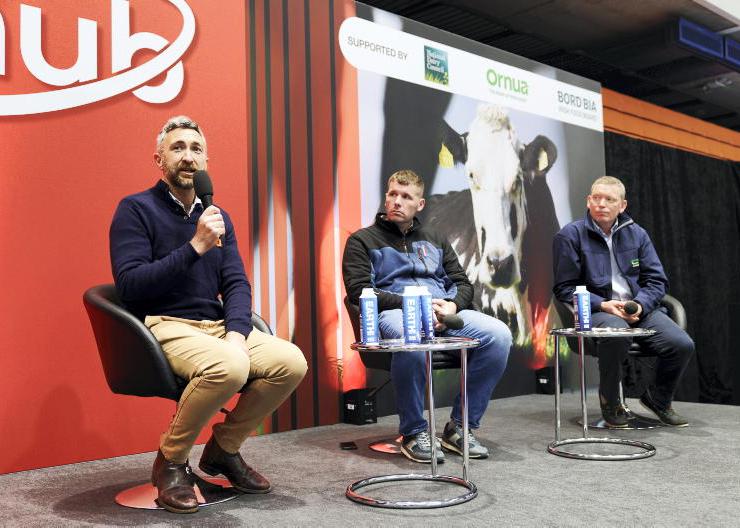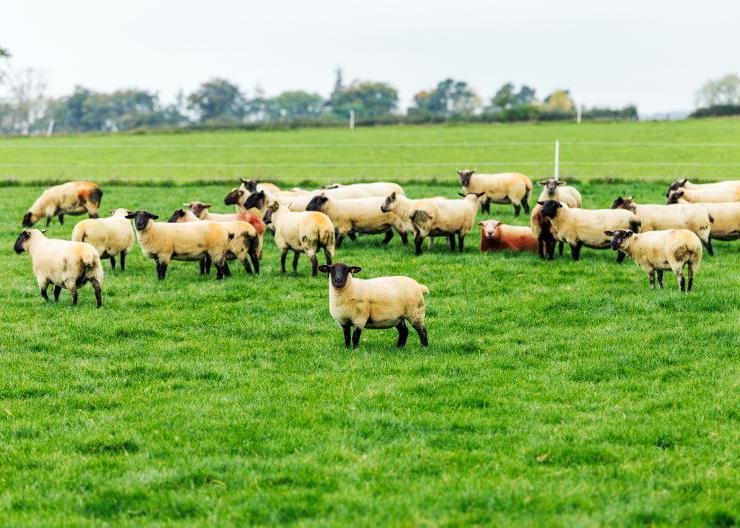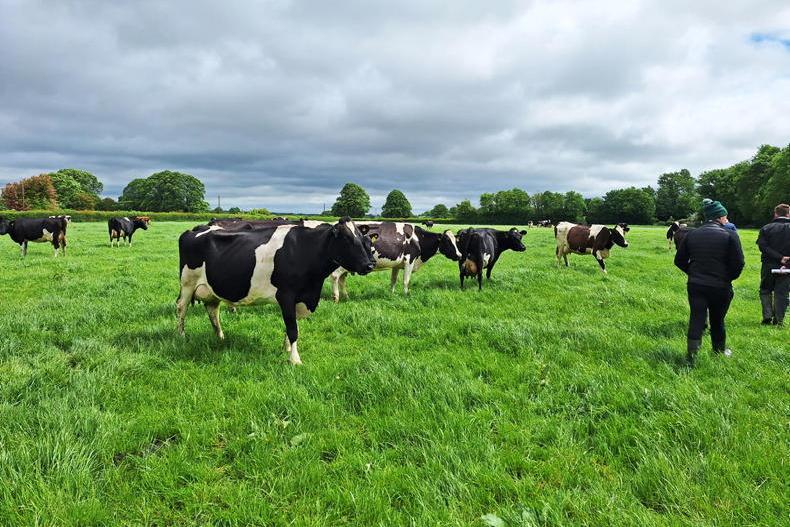As mowers have started hitting silage swards more frequently in the last week, growth has taken off on farms with the warmer and more settled weather helping to drive growth on.
Such has been the uptake of growth in recent days that sward quality in front of grazing stock is in real danger of deteriorating rapidly.
Pasturebase Ireland is predicting growth rates of 70kg-plus DM/ha for the majority of the country next week, which will push a lot of farms into a surplus of grass.
Average pre-grazing yields of 1,670kg and 1,800kg DM/ha on dairy and drystock farms are already too high, with a target of 1,300kg to 1,400kg DM/ha.
Coupled with high pre-grazing yields, many ryegrasses will naturally head out at this stage of the year, which can lead to poor quality stem creeping in to swards.
Perfect mix
The above is the perfect mix to get caught up in a cycle of poor grass landing in front of stock.
High pre-grazing yields are meaning stock are spending longer in paddocks to try to get them grazed out (which is very tough where there is stem in the sward), which is further pushing out the grazing rotation when the correct action is to shorten it.
Where your farm is in a surplus of grass, paddocks should be baled out immediately or can be earmarked for baling or pitting along with first-cut silage.
Fertilising second cut
Where second-cut silage has been harvested, farmers should aim to utilise the strong growth we are witnessing and get nutrients back out on to ground for second cut rapidly.
Bar in extremely low-fertility soils, 2,000 to 2,5000 gallons slurry/acre should provide most of the P and K needs for second cut.
Greater N utilisation can be achieved by using LESS equipment, but caution also has to be taken.
Farmers have been caught out in the past spreading using LESS and warm, dry conditions persisting after, with the net result being dried slurry still being present six to seven weeks later when second cut is under way, leading to mowers and rakes bringing caked slurry into the sward.
Slurry should only ever be spread in damp, overcast conditions or, alternatively, injected into the soil.
Combined with slurry, 60 units of N in the form of protected urea should be applied. Urea should only be used in the protected form from here on out, as weather conditions are too dry for ordinary urea products.










SHARING OPTIONS